I sat at a long dining room table next to my friend and surrounded by strangers, listening to the chef, Michael Turk, explain our meal. He was buoyant and cheerful, talking about local Armenian grocers and in-season pomegranates. The pomegranates were the flavor focus for that month. Every dish was topped with seeds, a glaze, mixed into a cocktail, or baked into a cake.
That evening, I was eating at Raw on Romaine, a seasonal Mediterranean restaurant run out of Turk’s four bedroom apartment on Romaine Street in East Hollywood that he rents with three friends. The strangers around me were other twenty-somethings, friends of friends, and recent college graduates. This was only two months ago and almost two years into the COVID-19 pandemic. The beauty of Raw was that, after such a long time isolated by ourselves or in quarantine groups, we were all eating together, sharing plates, and making new friends—something many of us hadn’t done in years.

The communal atmosphere of the restaurant is intentional, Turk tells me a month after I ate his delicious cooking.
“I think the best kind of food is just a tasting menu, small plates, shared plates, that sort of thing. That idea sort of partially came from like that the club I was involved with in college, that did this thing called Dinner With Six Strangers where they put six people who didn’t know each other [together and] send you to dinner together at a restaurant. By the end, you’d be friends. We started [Raw on Romaine] in early fall 2021 when COVID was definitely not over, but everyone was well past being vaccinated. People were feeling safe with doing things out at that point. I know that throughout COVID I think all of us sort of wanted to meet more people than we did. And I think it was just a great way to do that. [I also had] just moved to LA and I wanted to meet people.”
Kerry Bayle, Raw’s social media manager and all-around business person for the restaurant, and Turk came up with the idea together. Turk had wanted to be a chef for years and Bayle, having studied business at USC and having a passion for marketing, saw an opportunity to combine their talents.
When they were first brainstorming the restaurant, Bayle explains how Turk laid out the concept and how she then translated it into the design and marketing.
“[Turk] was talking about taking a singular ingredient and making an entire tasting menu around it, like changing it,” Bayle said. “Taking this one ingredient that’s in season in California, that you can get locally. And then eating it kind of in its rawest form—which is why we called it Raw on Romaine. Just because it’s very simple dishes [focused on] one ingredient and viewing it from different angles.”
This also wasn’t Bayle’s first underground eatery as she’d previously helped Britt Jacobson, now Raw’s bartender, open and run a coffee shop on their front lawn at USC.
Jacobson started her front lawn coffee shop during the remote semester in the fall of 2020 and it ran for 10 months, up until she moved out of her rental house. During her time remotely, she would often create specialty coffee drinks for herself and her roommates, which later sparked the idea for her coffee shop, aptly named The Two Seven Joint after her address at the time.
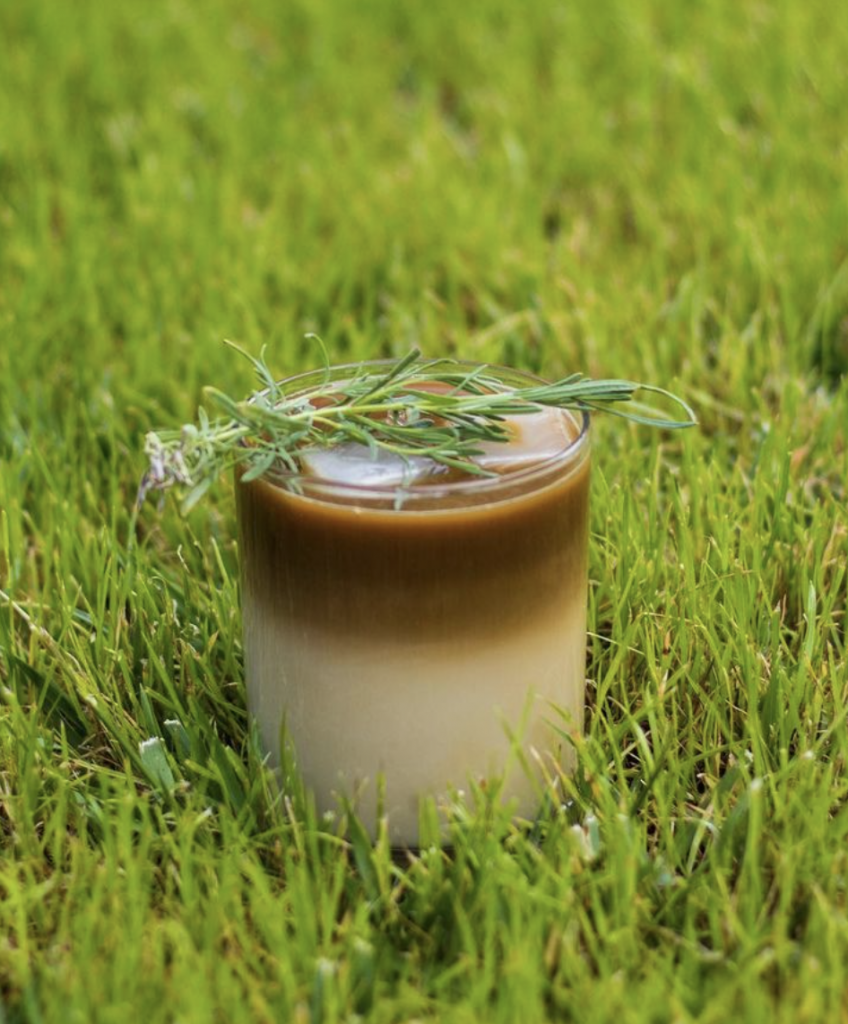
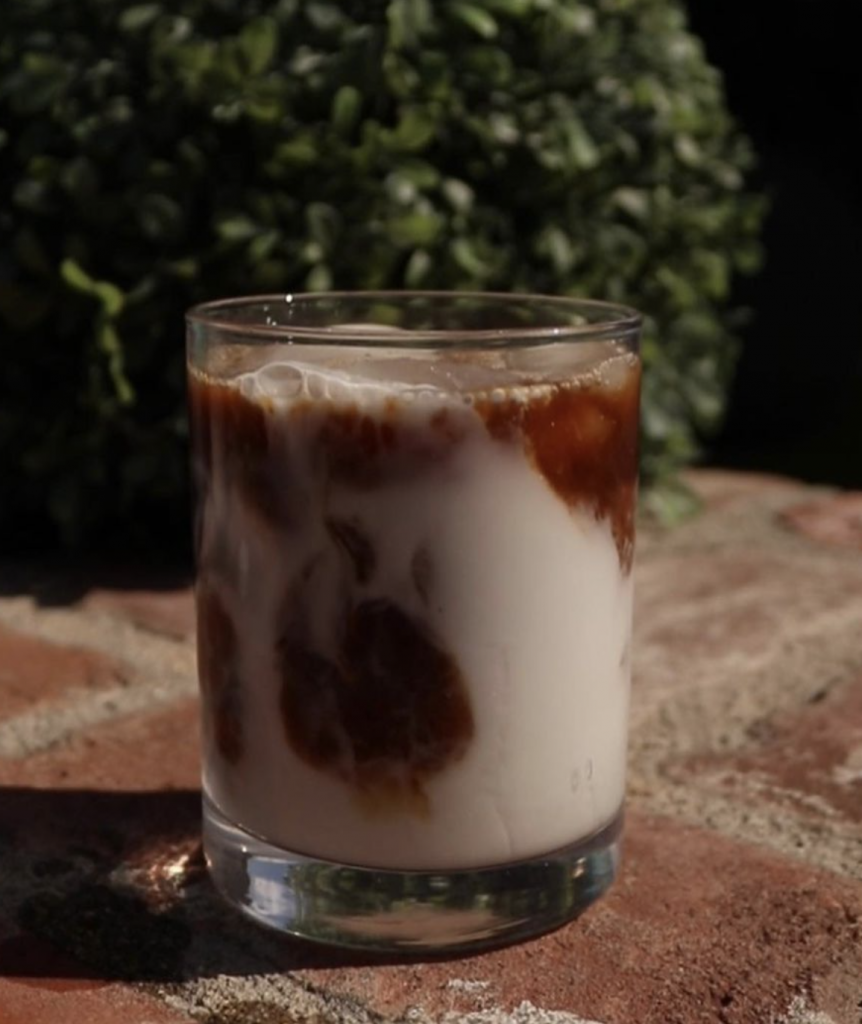
“One of my friends just looked at me and [said], ‘You can make a business out of this, your coffees are really unique and really tasty. I’m sure people would like to pay you money for them.’ And I [thought that was] interesting. I’ve always wanted to own my own coffee shop,” Jacobson explained. “It kind of just worked out that that same friend, Mason, [said he could see] the vision; he’s a photographer and a Communications major. He offered to run an Instagram page, take photos and help take orders. And we ran the business together.”
Unlike most brick and mortar restaurants, DIY restaurants are able to change their entire menus and experiment both with setting and food. With a smaller budget, less overhead, and less rules, experimentation is often the highlight of these restaurants.
“When it comes to food, LA is a city that very much doesn’t care about tradition. You see this with taco stands and street food—people in LA have never conformed to the traditional standards of a restaurant.”
Michael Turk, Raw on Romaine
The Two Seven Joint had a rotating menu with drinks including an Iced Rosemary Latte and Orange Creamsicle Affogato that had people coming back again and again. Similarly, Raw on Romaine has its flavor focused menu. Every month or so, Turk creates an entirely new menu highlighting a fruit or vegetable that is in season. His first menu focused on tomatoes, while his second focused on pomegranate.
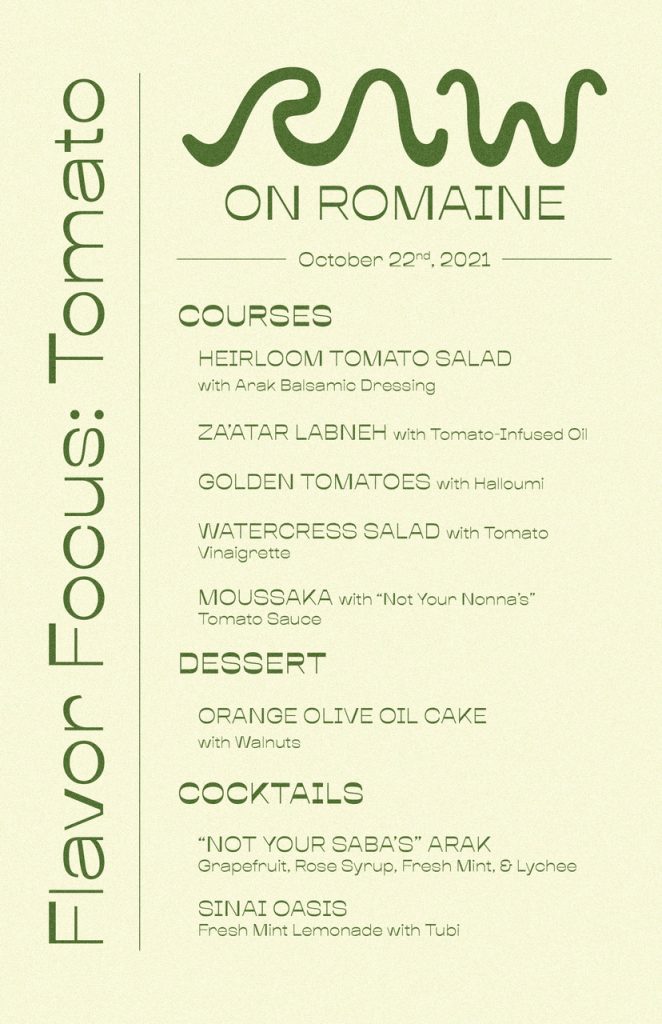
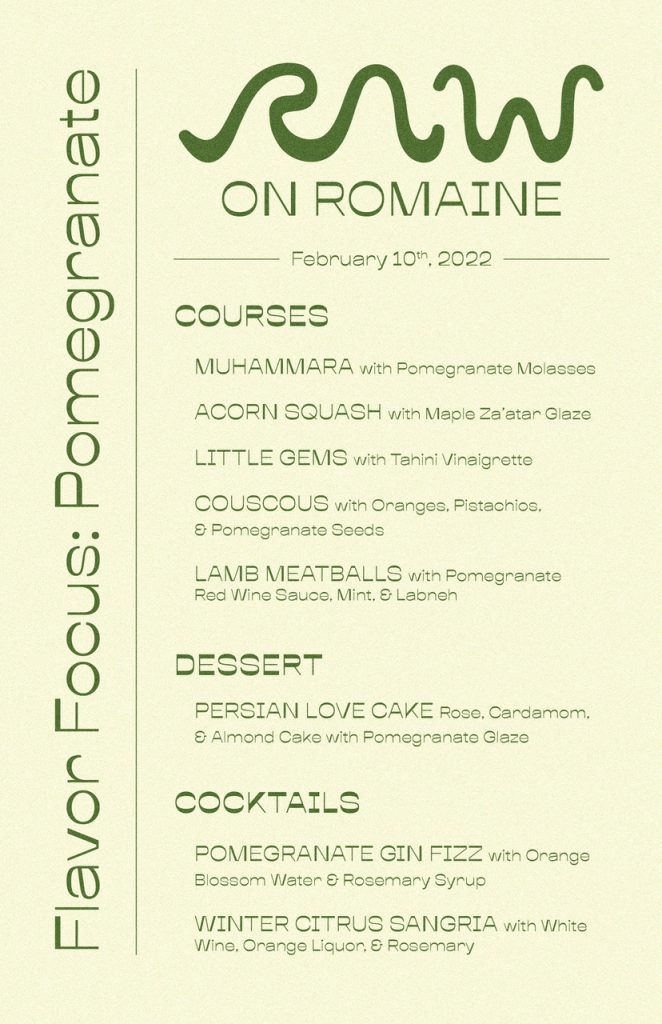
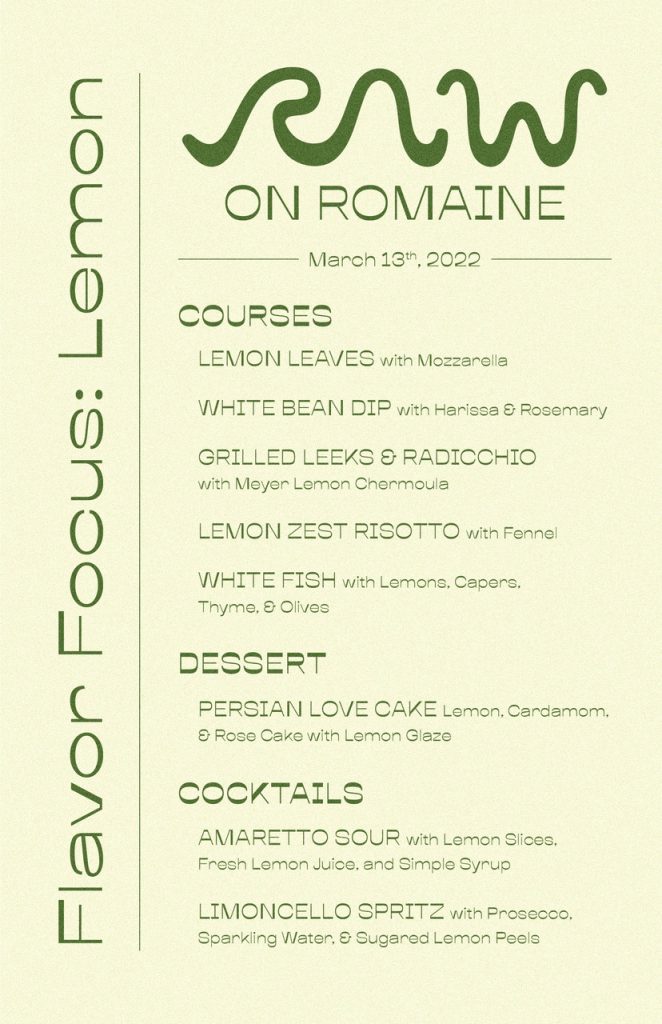
This rotating menu also applies to its cocktails that Jacobson creates. What made her coffee drinks at The Two Seven Joint so special was the custom syrups she created. Many of these she is now continuing to make and utilize in her cocktails; so far she’s used both her rose and rosemary syrups in Raw cocktails.
Cafe Wednesday, an iterative underground eatery started by Julia Kennedy in Nova Scotia, Canada in 2005, has a similar outlook to its menu.
When talking about its original setup in Canada, Kennedy said, “Each week was a theme [including] Cafe Tokyo, Cafe Diner, Cafe Downstairs etc, and [my business partner] and I would draw a big menu on the wall and set up each Wednesday, curating the atmosphere, and vibes along the way which was important to the scenario.”
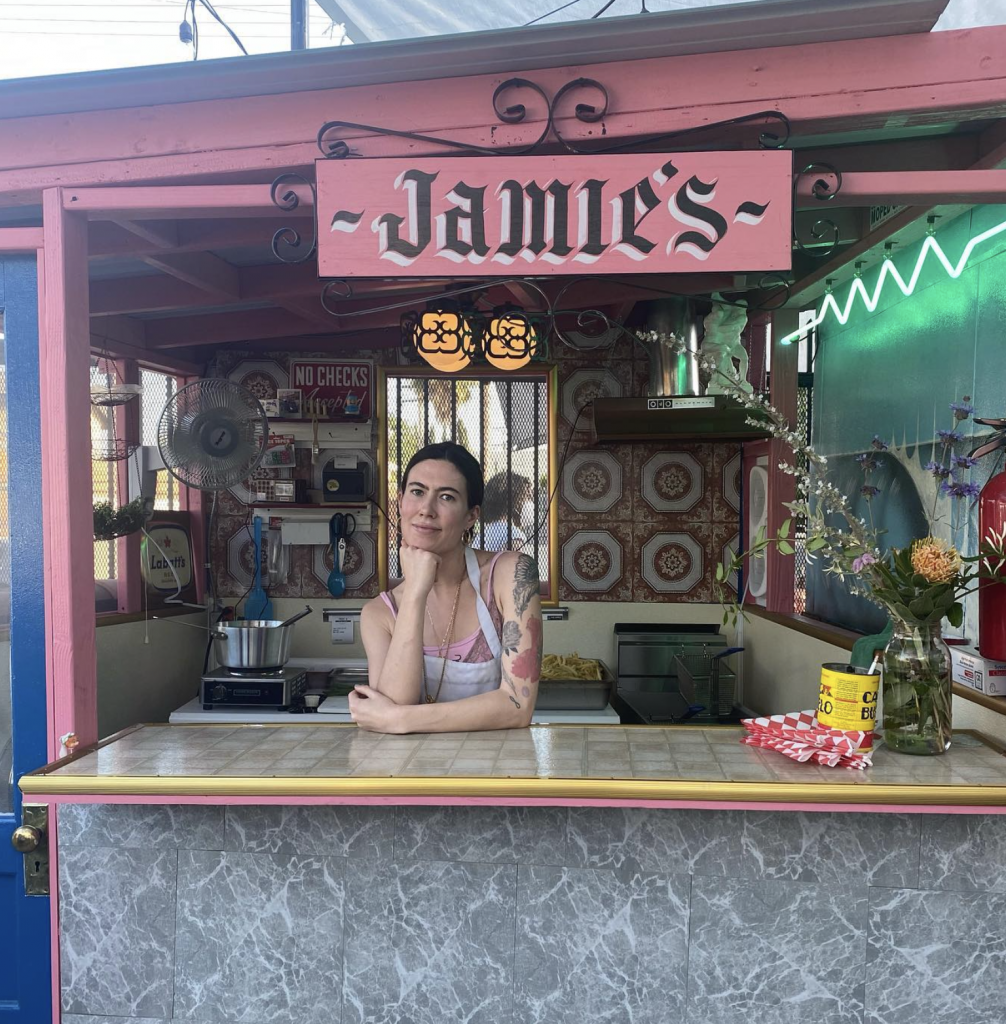
The iterations of Cafe Wednesday don’t just include its menu, but its location and format. While it started in Canada, Kennedy now lives in Los Angeles and Cafe Wednesday briefly ran out of Jamie’s, a food shack, also referred to as “The Shack,” located in the back of her husband’s pinball bar, Walts, in Eagle Rock.
The shack ran for almost eight months until it was shut down by the city since it didn’t have a permit and was disposing of grease without a grease trap, something that is required by the city.
Regulations vary by type of establishment. Street vendors and brick and mortar restaurants both have to follow city regulations. However, since the pandemic, brick and mortar restaurants had regulations loosened and street permit costs were reduced to zero. At the same time, street vendors still had to pay a high price for permits and were policed. This discrepancy has been labeled by food journalists and writers as racist and classist and in some ways mirrors what is going on with underground restaurants.
While pop-ups may personally follow safety guidelines, the county does not allow for them to obtain permits. The guidelines as follows: “The California Retail Food Code establishes uniform health and sanitation standards for all retail food facilities. The requirements for restaurants are detailed within this code, which include requirements for employee food safety knowledge, employee hygiene practices, food protection, equipment construction and sanitation, toilet facilities, potable water, vector control and others,” according to the Los Angeles Department of Public Health.
“Currently, the California Retail Food Code has allowance for a Microenterprise Home Kitchen Operation (MEHKO), in which the resident may prepare store, handle, and serve food from the private home, when approved and permitted by the local jurisdiction. This is only allowed in jurisdictions that have decided to authorize permitting of MEHKOs. Currently, Los Angeles County has not authorized permitting of MEHKOs.”
“I guess because of the way I started, I always look at ‘pop-ups’ or secret cafes as something punk rock and communist and outside capitalism.”
Julia Kennedy, Cafe Wednesday
However, with underground eateries often existing off the streets and in unmarked locations, they don’t seem to worry about being shut down or regulated the same way vendors or even some restaurants may. This is not to say that they shouldn’t, as being shut down by the city is always a possibility, but rather that it is not at the forefront of their mind.
When asked about city regulations, Bayle explained she saw Raw, not in quality of course, but in set up as more similar to a lemonade stand than a brick and mortar restaurant.
While Kennedy had a differing sentiment, “The way we worked around regulations was to completely not care about regulations until we were caught. I operated at all times with integrity and general common sense around health and safety issues. I would never operate in any other way as a point of pride for what I do and what I present to the world. Most health and safety regulations are designed for idiots or people who don’t care. But most importantly they are designed to make money for the city, and preserve “order” and “compliance.””
Working around regulations seems to be par en course for an underground eatery, with some like Bedroom 6 operating a speakeasy bar, in tradition, without a liquor license. To get around the liquor license, they have a private Instagram account and take reservations only from those who follow them.
This work around, while economical, also speaks to the energy and ambiance of the spaces. These spaces aren’t about profit, they are about community and nourishment. Raw on Romaine charges only 45 dollars for their dinner which includes all courses in family style, a dessert, and two cocktails. If you were to go to a conventional restaurant to order the same amount of food at the same quality, the bill would be much higher. But Turk and Bayle are interested in more than making money; they want this food to be accessible and supportive of the local community.
While originally the restaurant’s diners were mainly friends, Turk and Bayle have noticed more and more people eating with them that they didn’t previously know. As for being locally-minded, Turk buys all his produce either at farmers’ markets or the Armenian grocer in his neighborhood that sells their family’s farm’s produce.
Since The Shack was shut down, Kennedy has been exploring new ways to bring Cafe Wednesday to life.
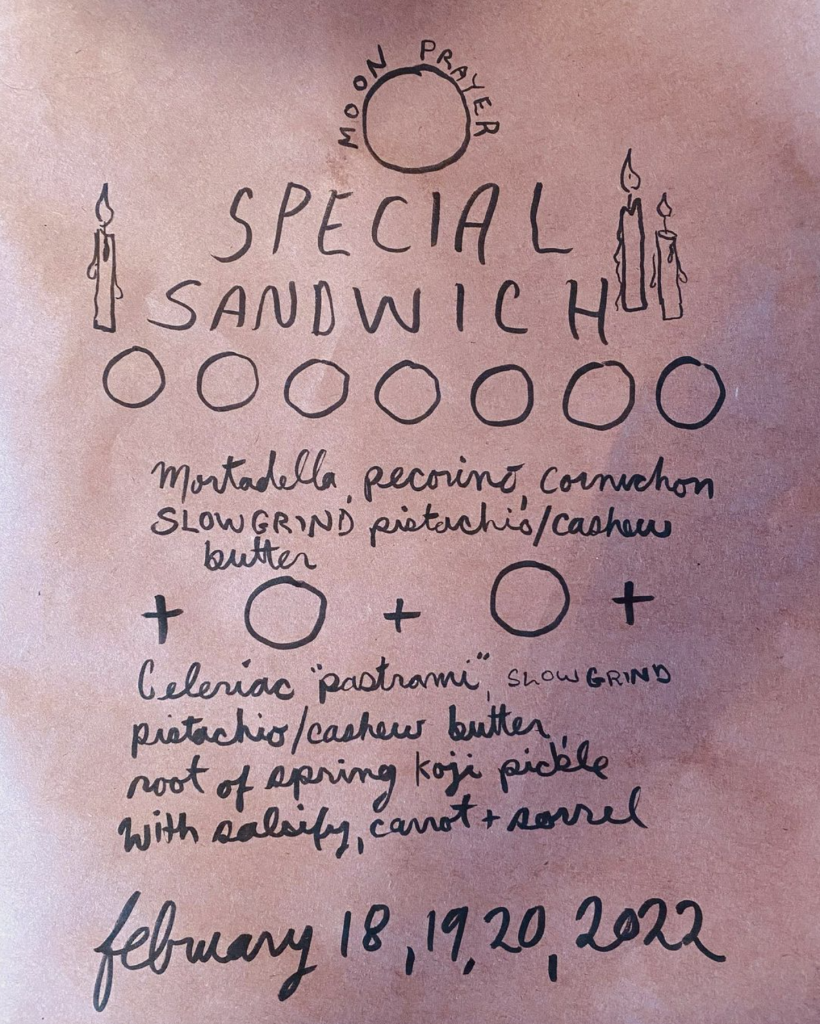
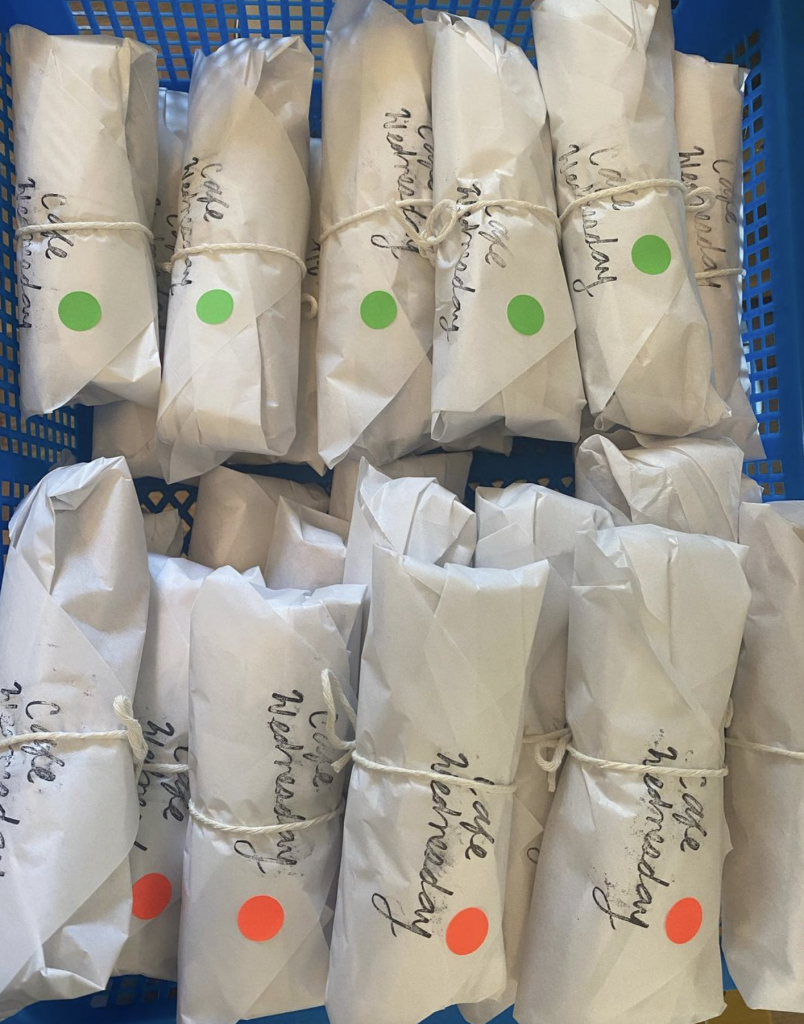
“I began making pre-made sandwiches and selling them on the [Walts] bar like they do at ROMA Deli. I also do catering for private clients, and the odd random event here and there,” she says.
But she says eventually she plans to open a brick and mortar location, as does Turk and Bayle who say Raw, in its current form, is a stepping stone to a larger goal.
Even so, the beauty of the underground eatery is that when one closes another opens. Creative young people will continue seeking out exciting new ways to get around unobtainable permits, expensive leases, and start up costs. They will continue creating what they don’t see out there, for themselves.
Along with how many food pop-ups were created during the pandemic, Turk highlights how it feels like a uniquely LA thing to do. Not just because of the proximity to local produce and vending laws, but the food scene at large.
“I think LA is a huge do-it-yourself city. When it comes to food, LA is a city that very much doesn’t care about tradition. If you look at New York, it’s very much a city where food is deeply steeped in tradition. There’s still very much a fine dining elite of French, American, and Italian restaurants that is like, ‘the god tier.’ I don’t think LA really [cares] about that as much. I know of a number other projects that are doing home restaurant-type stuff. Throughout COVID, so many people pivoted to [ordering] takeout only, and making things out of their homes. I view the natural next step forward [to be] a home restaurant. You see this with taco stands and street food—people in LA have never conformed to the traditional standards of a restaurant.”
While Turk’s ultimate goal is to open a brick and mortar restaurant, he says the spirit of Raw, the small plates, the family style setting, is something he’d want to replicate. Raw was a way for him to experiment and learn and begin a career in food that usually takes years.
In the meantime though, Raw will continue to evolve. Like Cafe Wednesday, Raw is changing its set up. Turk is busy with a restaurant management training program, but luckily he doesn’t have to worry about the restaurant’s rent, as it’s his apartment.
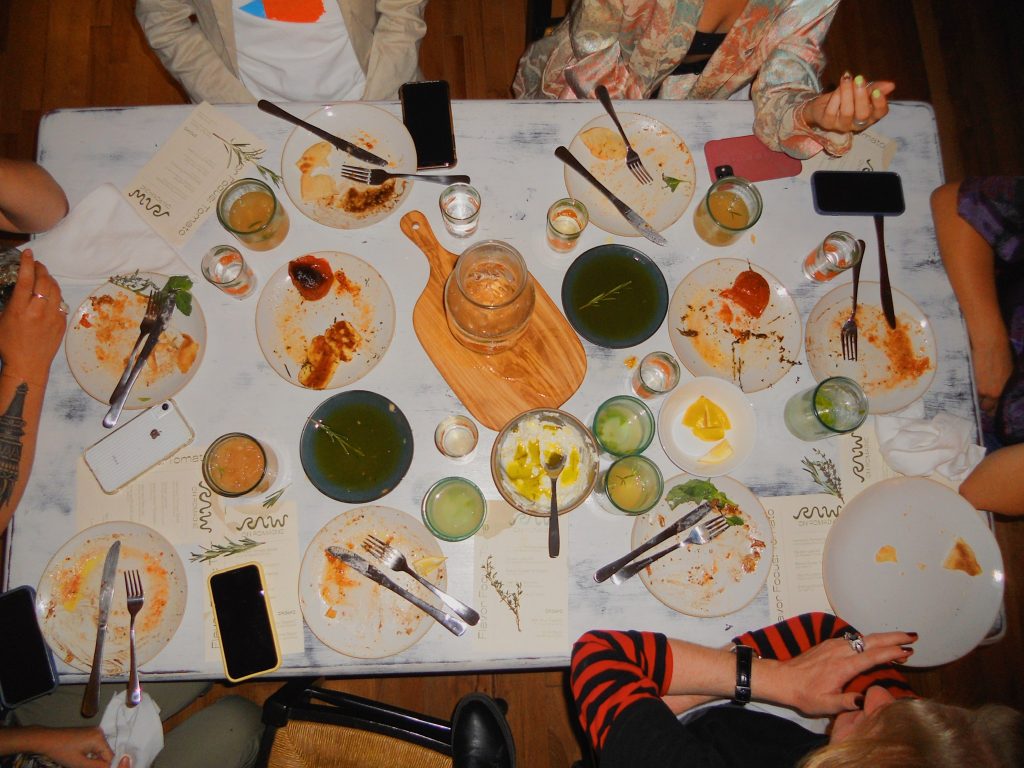
But the spirit of Raw and Cafe Wednesday lives on, through them and through the other pop-ups around the city.
Just during the pandemic, many pop-ups were created in Los Angeles, taking advantage of hidden locations, street vending laws, and social media. Carla Cafe, a sandwich pop-up, takes orders almost exclusively through social media. Side Pie, a newly opened brick and mortar pizza shop in Altadena, first opened in a side yard and became popular through Instagram and word of mouth.
As Julia Kennedy explains, “To me, [pop-up restaurants] have always represented a direct way for people to express an idea, a feeling, a taste, a vibe, without having to jump through hoops. So in its purist form, pop ups are invaluable as a window into raw creativity and expression and a way for people to generate excitement and build momentum, and maybe funds, to make the beginnings into a sustainable mode of living. I have seen several colleagues start this way including Quarter Sheets [Pizza] and Mayday Seafood, to name a few. I think illegal pop-ups enable people without backing to get up and go and see if their idea is viable. I am all for this. I guess because of the way I started, I always look at pop-ups or secret cafes as something punk rock and communist and outside capitalism. I think that’s also a very much younger me thinking. Reality is a little different in that we all need to make a living for the most part. So I am for the evolution of it all. I just like to keep that punk rock part in the back of my mind because I think it keeps things interesting and honest.”
In the spirit of the DIY, the pop-up, and the underground, Michael Turk shared a recipe with me. He’d like to preface this with a ‘hefty’ try as you go since he often works without a recipe—and you can, too.
Enjoy!
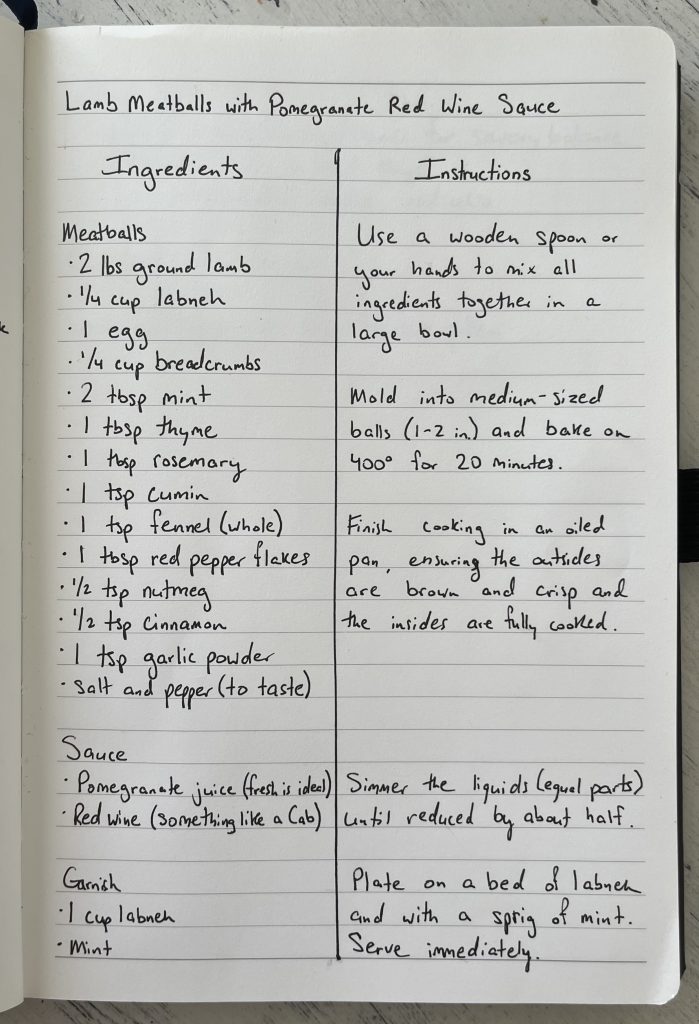
Story by Remi Riordan